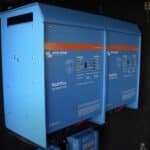
MENUMENU
TALK TO AN EXPERT
Special Hours: 7AM – 6PM PST
TALK TO AN EXPERT
Special Hours: 7AM – 6PM PST
When wiring your marine electrical system together, careful consideration should be given to proper cable sizing. Not all cables are created equal, and it is absolutely essential that the cables wiring your batteries to various loads are sized properly. Improper cable sizing can create dangerous operating conditions and limit the effectiveness of your electrical system. Although it can seem daunting, we’ll walk you through a couple of quick and easy ways to ensure your marine electrical system cables are the proper size.
A key component of any electrical system is the wiring used to connect each piece of the system. These wires are responsible for carrying current from one place to the next. Properly sizing your wires is essential to ensure the proper amount of current transfers to power your loads. Improperly sized wires can drastically limit the functionality of your electrical system and create potentially dangerous operating conditions.
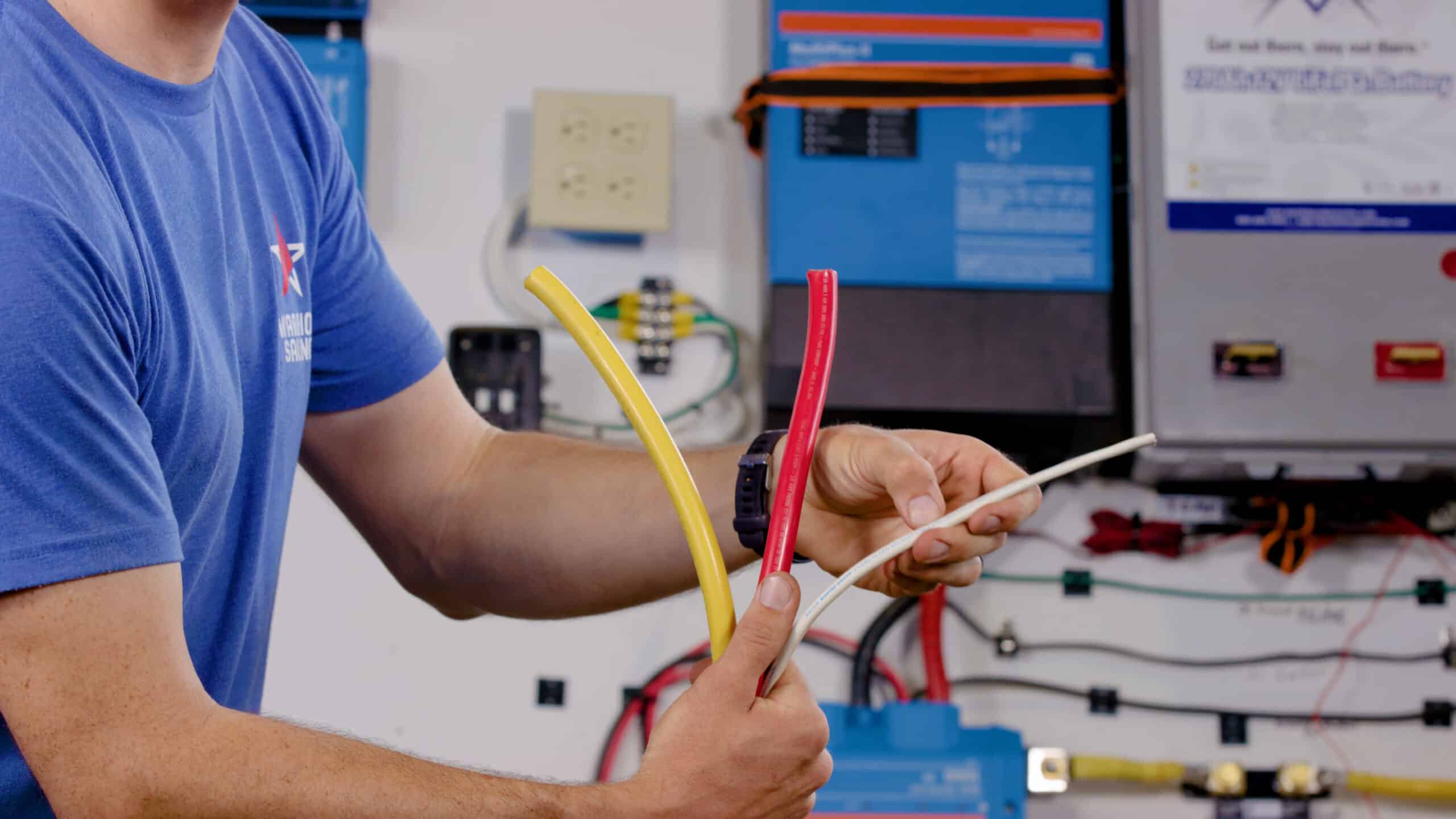
While each of the wires in the photo above is rated for up to 600 volts (as noted on the side of the wire), they are clearly very different sizes. The gauge (or thickness) of the wire that your electrical system needs will be determined by the amperage, or current, flowing through your system and the total distance of the circuit.
The current of your electrical system can be determined by using the power equation. This equation tells us that amps multiplied by volts equals watts. So, to solve for amps, you will want to divide the watts of the load you’re trying to power by the voltage of the system. If you are trying to determine what size wire to use for a 3,000-watt inverter in a 12V system, dividing 3,000 watts by 12V will give you 250 amps.
Then, you will need to determine the total distance of your circuit. This will be how long your wire needs to be to connect your batteries to the loads you’re trying to power. Once you’ve determined the length, you can use a table, like the one below, to find where the length of your circuit and the amount of current flowing through it intersect to determine the size of the wire you need to use.
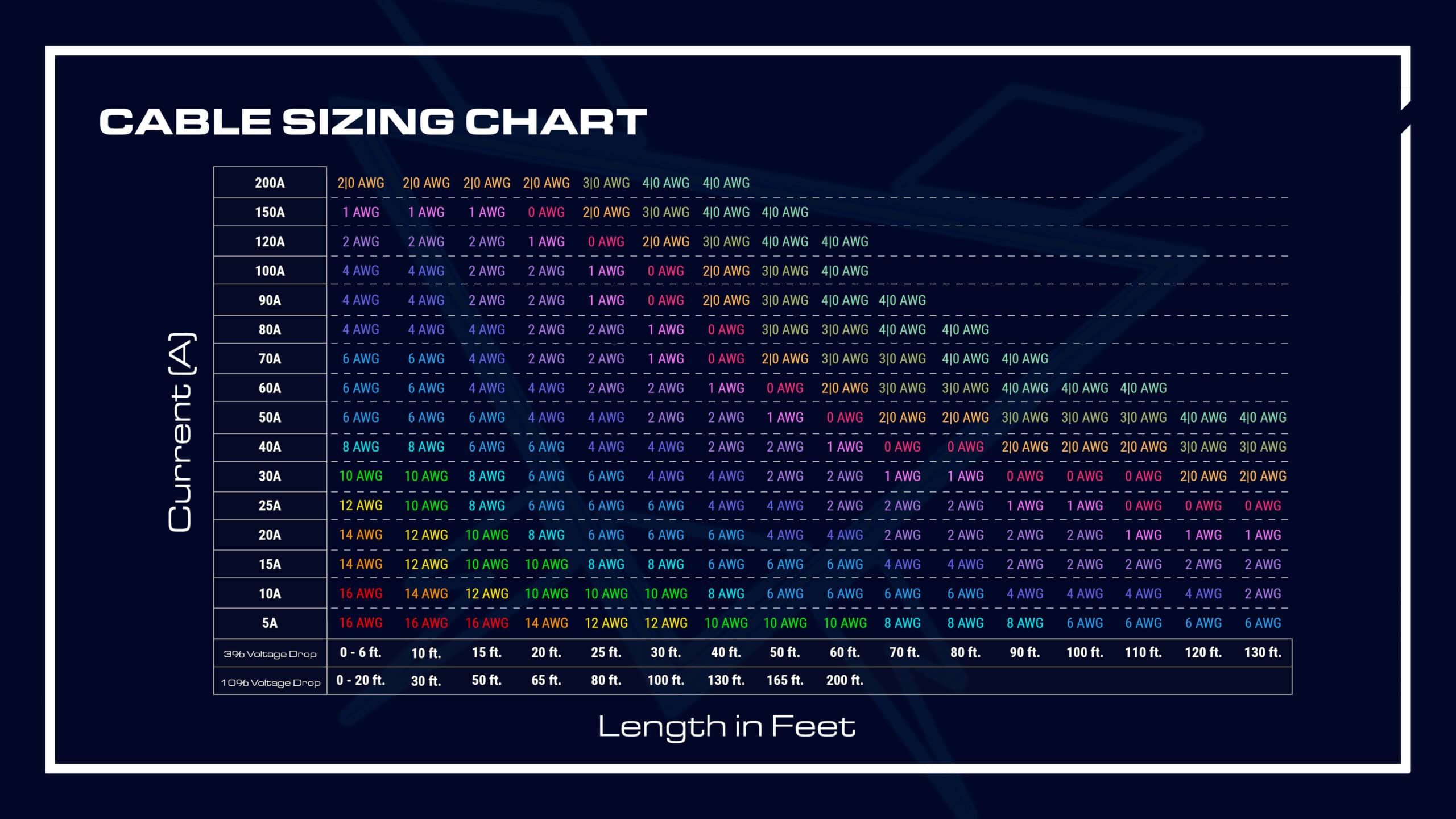
Another important factor to consider is voltage drop. Voltage drop is “the reduction in voltage in an electrical circuit between the source and the load. Wires carrying electricity have inherent resistance, or impedance, to current flow.” This creates overall voltage loss as power moves through the system.
Depending on what you are powering, ABYC standards recommend an allowable amount of voltage drop. For non-critical systems, such as inverters or lights, the standards allow for up to 10% voltage drop, but for critical systems, such as bilge pumps or navigation, they recommend only up to 3% voltage drop. A larger cable will help minimize the voltage drop due to less resistance.
With modern technology, various smart device applications are on the market that can help you calculate the size of wires you need. These apps allow you to input a variety of variables, and at the click of a button, you receive a recommended wire size. Warrior Sailing expert Connor Smith uses the Blue Sea Systems Circuit Wizard to quickly identify the size of wire his marine electrical system requires.
The app simply prompts him to input:
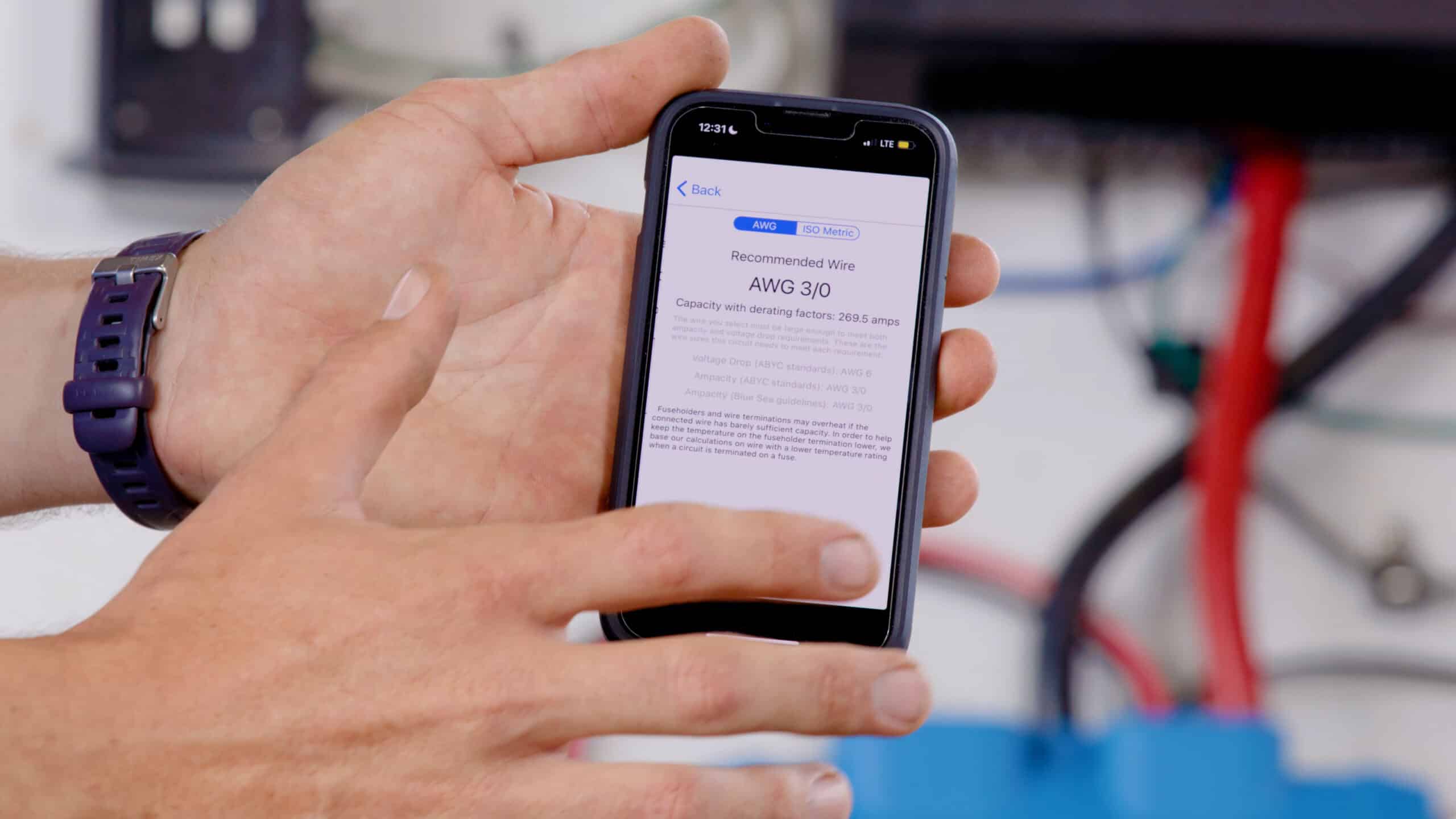
Then, he simply hits calculate and receives a wire sizing recommendation. This app, and others like it, can be extremely helpful in ensuring your cables are the proper size. By taking many variables into consideration, you can rest assured knowing that your system is operating safely and efficiently.
Check out the full Marine 101 series on our YouTube channel or through the Academy page on our website. For further questions or help designing the perfect marine power system, our technical sales team would love to help! You can reach by calling (855) 292-2831 or emailing [email protected]
Shop Best Sellers

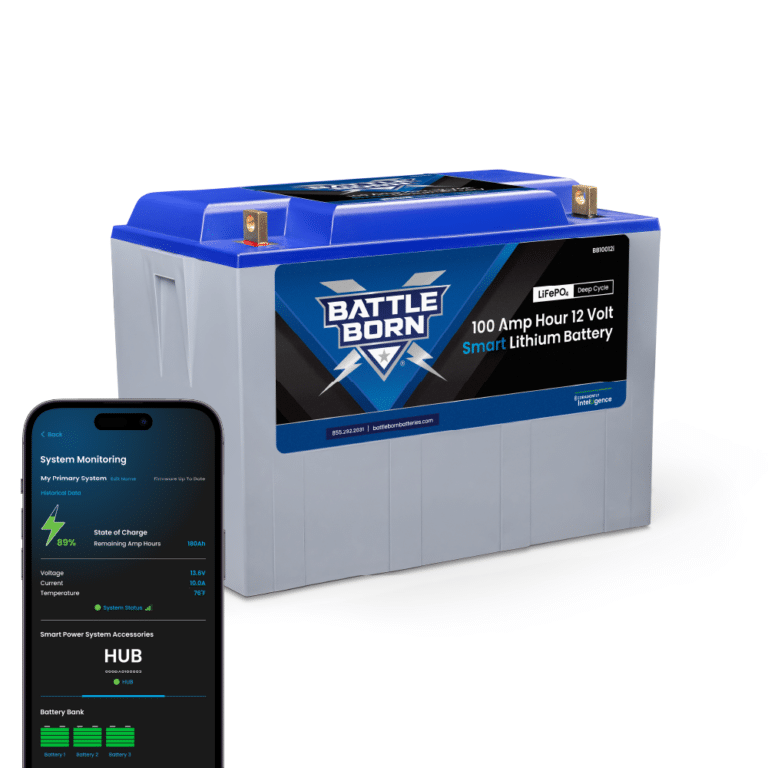

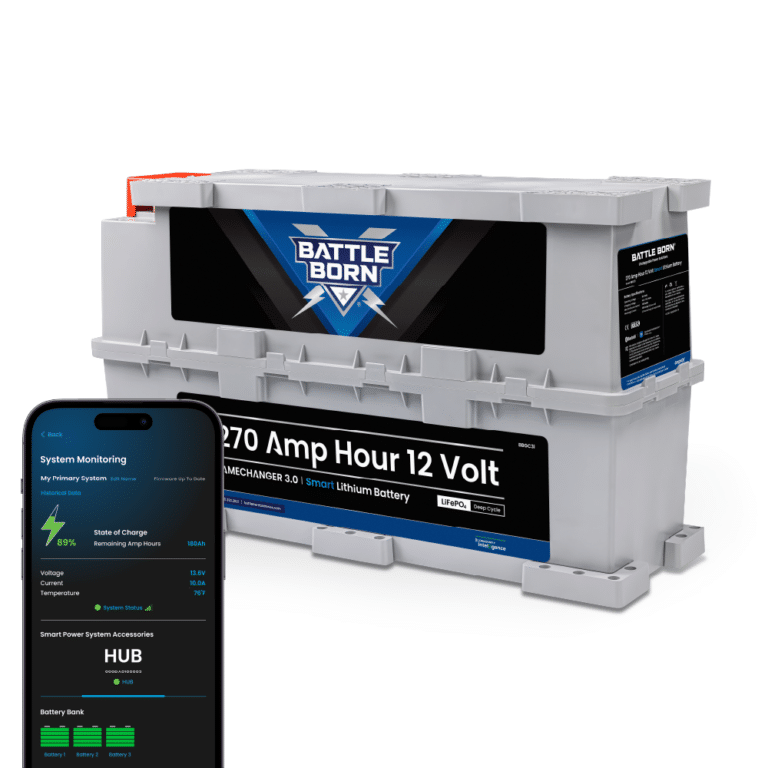




Ask a technical specialist now at 855.292.2831
Stay in the Know